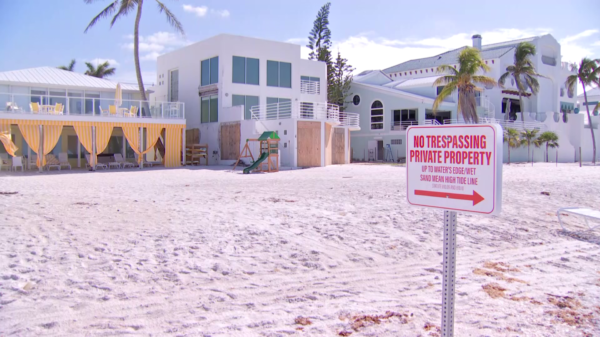Bacteria Blooms Cause Concern after Idalia: Examining the Environmental Impact
The Idalia bacteria blooms have raised significant concerns among scientists and environmentalists due to their detrimental effects on aquatic ecosystems. These blooms, also known as harmful algal blooms (HABs), occur when certain types of bacteria or algae grow rapidly in bodies of water. The aftermath of Hurricane Idalia exacerbated the situation, leading to a surge in bacteria blooms in coastal regions. This article aims to delve into the impact of bacteria blooms on the environment, uncover the causes behind their sudden increase, and discuss potential solutions to mitigate their effects.
Understanding Bacteria Blooms
Bacteria blooms, specifically cyanobacterial blooms, are a phenomenon characterized by the rapid proliferation of cyanobacteria in aquatic systems. These microorganisms possess photosynthetic pigments, giving the water a green or blue-green appearance and leading to the common term “blue-green algae.” While certain types of cyanobacteria are harmless, others can produce toxins that pose significant risks to human and animal health.
These blooms often occur due to an imbalance in nutrients, particularly nitrogen and phosphorus, leading to excessive growth and reproduction of cyanobacteria. Human activities like agriculture, industrial discharge, and urban development contribute to nutrient pollution, increasing the chances of bacteria blooms.
The Environmental Impact
Bacteria blooms have far-reaching consequences for the environment, disrupting the delicate balance of aquatic ecosystems. The rapid growth of cyanobacteria depletes oxygen levels in the water, leading to hypoxic conditions. This oxygen depletion harms fish, shellfish, and other aquatic organisms, potentially causing mass die-offs and disturbing the food chain.
The toxins produced by cyanobacteria can have devastating effects on local wildlife. These toxins can enter the food chain, negatively impacting aquatic organisms and posing risks to birds and mammals, including humans, that consume contaminated water or fish. The presence of harmful algal blooms also has severe economic ramifications, leading to the closure of fisheries and negatively impacting tourism in affected areas.
The Link to Hurricane Idalia
The occurrence of bacteria blooms following Hurricane Idalia can be attributed to several factors. The heavy rainfall associated with the hurricane caused contaminated water from agricultural fields and urban areas to wash into rivers and coastal waters. This influx of nutrients, combined with warm temperatures and stagnant water conditions, created an ideal breeding ground for cyanobacteria.
Furthermore, the high winds and storm surge associated with the hurricane disrupted sediment layers, releasing additional nutrients into the water. These factors collectively contributed to a significant increase in bacteria blooms, further exacerbating the environmental impact already caused by the hurricane.
Addressing the Issue
To tackle the problem of bacteria blooms effectively, a multipronged approach is necessary. Efforts should focus on reducing nutrient pollution through stricter regulations on agricultural practices, improved wastewater treatment, and responsible urban development. Implementing buffer zones around water bodies and promoting sustainable farming practices can help minimize the amount of nutrients reaching aquatic ecosystems.
Additionally, early detection and monitoring of bacteria blooms are crucial in preventing further damage. Developing technologies and systems that allow for real-time monitoring of water quality can help identify and respond to blooms promptly. This information can assist in issuing health advisories, closing affected areas to recreational activities, and implementing control measures if needed.
The Role of Public Awareness
Creating awareness among the public about the causes and consequences of bacteria blooms is essential for long-term solutions. Educating individuals about the role they can play in reducing nutrient pollution, such as conserving water, properly disposing of waste, and using eco-friendly fertilizers, is crucial. Collaborating with local communities, schools, and organizations can help spread awareness and drive behavioral changes to protect aquatic ecosystems.
A Collaborative Effort is Key
To tackle the issue of bacteria blooms effectively, a collaborative effort is required. Governments, scientists, communities, and industries must work together to develop and implement sustainable practices that prevent nutrient pollution. By reducing the presence of excess nutrients in bodies of water, we can significantly reduce the occurrence of harmful bacteria blooms and their devastating impact on ecosystems and human health.
Conclusion
Bacteria blooms following Hurricane Idalia have raised concerns about the environmental impact of these harmful algal blooms. Understanding the causes and effects of bacteria blooms is essential to develop effective strategies to address this issue. By reducing nutrient pollution, implementing early detection systems, raising public awareness, and fostering collaboration, we can take significant steps towards mitigating the effects of bacteria blooms and safeguarding our precious aquatic ecosystems.
*Source www.fox4now.com




































